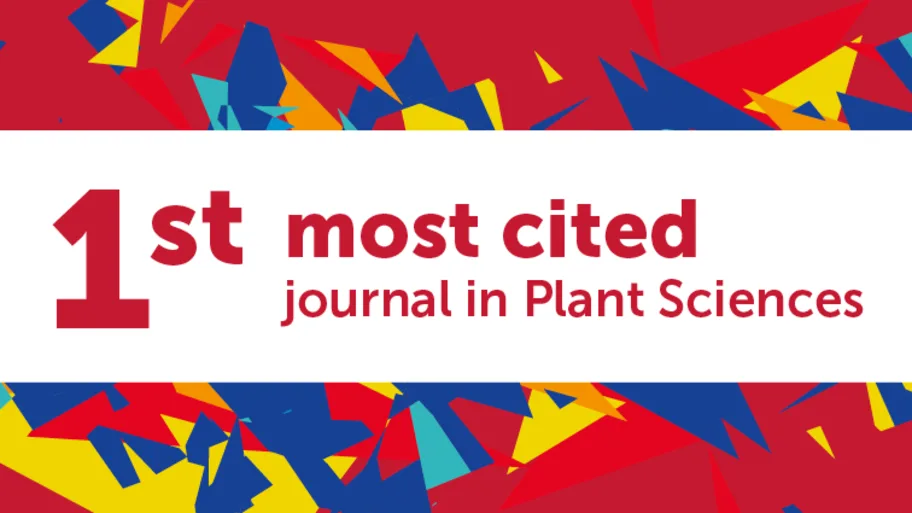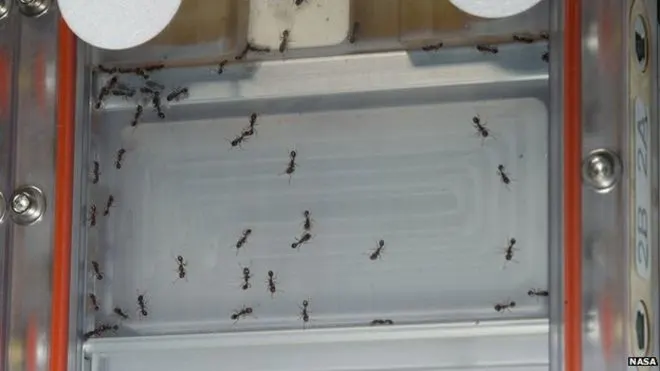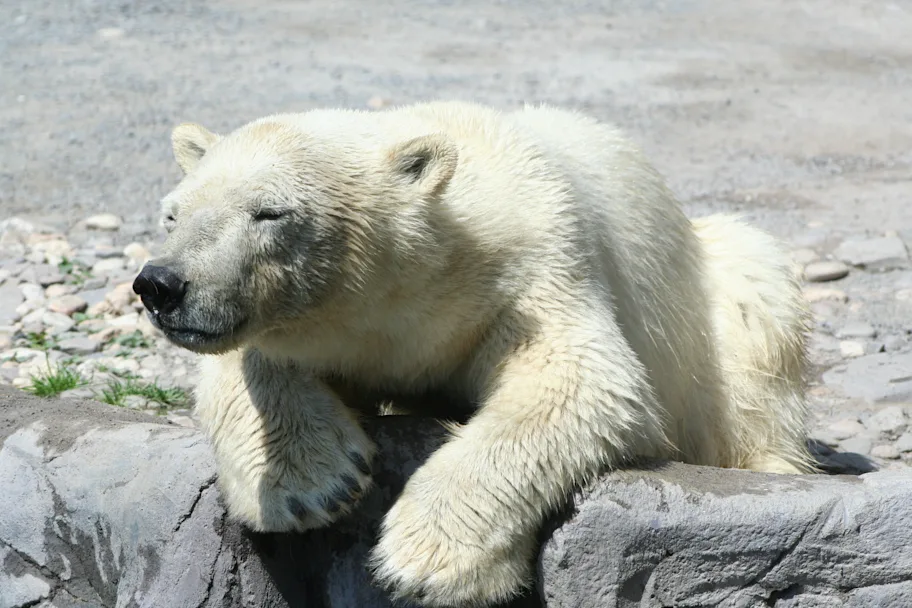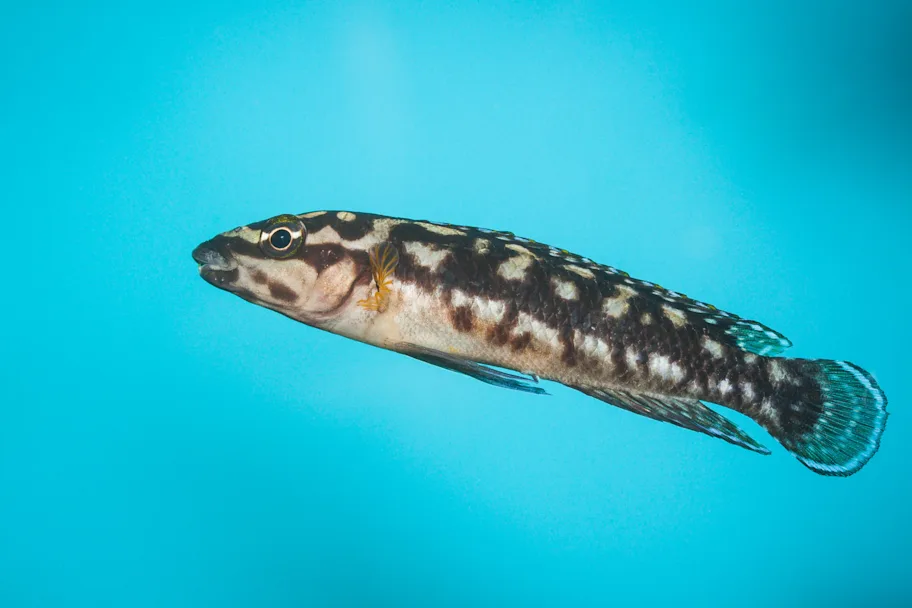
- Science news
- Frontiers news
- Frontiers in Ecology and Evolution: Fittest Articles of 2015
Frontiers in Ecology and Evolution: Fittest Articles of 2015
Introduction by Mark Elgar
What helps a publication have a high impact: a novel angle, impressive science, an unexpected result, conceptual breadth, or simply a satisfying story? At Frontiers, we recognize that while the impact of individual articles affects the collective impact of the journal, the converse is not necessarily the case. More importantly, we think that measures of an article’s impact shouldn’t be confined to citations by peers in the primary literature, but rather should reflect the reactions from both the scientific and broader community. For those reasons, we measure article-level impact, which incorporates, in addition to citations, the number of views, downloads and mentions in various forms of social media that the article attracts.
Since its launch in 2014, Frontiers in Ecology and Evolution has published 278 articles, with just over 150 published in 2015. Below are five original research articles published in 2015 that secured the highest number of views within the first month after publication. Congratulations to the authors on researching and reporting an issue in ecology and evolution that has clearly captured the scientific and public imagination.
These articles reflect the breadth and depth of Frontiers in Ecology and Evolution. The two highest impact articles described the patterns of foraging behavior of two very different species in two vastly different but nonetheless unusual contexts: one covered ants in space, a project that clearly relied on very sophisticated technologies to reveal activities in an entirely exotic location. The other similarly documented a novel foraging location, with increasing numbers of polar bears remaining ashore during the summer, where they consume huge numbers of eggs laid by colonial, ground nesting birds.
Both studies are compelling, but with rather different implications: largely conceptual for ants, revealing perhaps unsurprisingly that contact with the surface is critical for collective behavior. The implications for polar bears is more practical, the change in environment leading to their exploitation of a novel environment is having devastating consequences for colonial, ground nesting birds.
Two of our top five articles describe both ends of the spectrum of social behavior – courtship at one and fighting at the other. Interestingly, the subjects of both studies are of the same taxon, cichlid fish, and cover topics that are more frequently addressed in birds: building physical structures to impress females, and utilizing social information to decide whether to engage in costly contests.
The increasing global demand for chocolate may have helped raise the profile of our fifth article, which details the diversity of two genera of plants, including Theobroma cacao from which we make chocolate. Importantly, their data are consistent with the view that the greater species richness characteristic of tropical regions is not simply the result of higher diversification rates.
These studies, like most others published in Frontiers in Ecology and Evolution, typically address interesting, innovative questions, with answers often revealed by canny use of modern technologies. This approach, which emphasizes the question, most likely explains why the discipline provides such compelling and fascinating insights for the broader community.
1) “Collective search by ants in microgravity” – Deborah M Gordon, Stanford University

ants
Ants on board the ISS
Ant colonies work without central control. To find food, water, nest sites, and to detect threats, they search collectively. Since most ants can’t see, but operate by smell, an ant detects something only when it is nearby. What is the best way to explore, to ensure that if there is something there, some ant will find it? In robotics, efforts are underway to design similar methods for groups of robots to search a burning building or explore another planet.
The best way to search collectively depends on the number of searchers and the size of the space to be explored. There’s a tradeoff between thoroughness and covering ground. To search thoroughly, it is necessary to spend a lot of time in a small area, and to cover ground, it is necessary to travel. How best to do this depends on density, the number of searchers in a certain area. In more crowded conditions, each ant can search more thoroughly, without covering much ground, because there are enough ants to search everywhere. When ants are less crowded, each ant must cover more ground. Even without central control, ants could use the rate at which they interact to adjust their search paths to density.
An experiment on the International Space Station tested how the pavement ant (Tetramorium caespitum) solves this problem in microgravity. We found that collective search was not as effective in microgravity as it was in control tests on the ground. There are more than 14,000 species of ants, in every possible habitat, and little is known about the diverse algorithms they use for collective search algorithms.
We encourage students to try a simple experiment, Ant Colony Search, similar to the one conducted on the ISS, to discover how ants manage the tradeoff between searching thoroughly and covering ground.
“Climate change and the increasing impact of polar bears on bird populations” – Jouke Prop, Arctic Centre, University of Groningen

polar bear
The polar bear is a top-predator on sea ice, where it finds its favorite prey: seals. Why then did we study polar bears on land? The reason for the current study in Spitsbergen and Greenland was that the unforeseen happened. Rather than following retreating sea ice in the summer, which is the seasonal routine for local polar bear populations, individuals chose to stay ashore.
Since the end of the 1990s onwards, polar bears were increasingly observed along the west coast of Spitsbergen and east coast of Greenland. This was a new development and had not been recorded at this scale before. The large-scale appearance of polar bears on land in summer was staggering, but a rapidly changing time schedule was even more surprising.
Within 10 years, the arrival of polar bears on land shifted forward by 30 days, from July towards mid-June in recent years. As a consequence of their earlier arrival, the first bears on land hit the jackpot when they encountered bird breeding colonies (barnacle goose, eider and glaucous gull) covered with nests full of eggs. As a welcome energetic supplement, these eggs were greedily ingested by successive polar bears, leaving only few eggs to hatch successfully, if any at all. If this routine persists, bird populations will have difficulty maintaining their numbers.
However, it is likely that breeding conditions will worsen. In response to sea ice melting further, an increasing segment of the polar bear population will be forced ashore in search of food. The coastal zones where the polar bears operate are among the most productive parts of the arctic landscape, and are essential for birds dependent on marine (eider and gulls) or terrestrial (geese) habitats. Will these birds show the plasticity to successfully redistribute themselves?
“The use of multiple sources of social information in contest behavior: testing the social cognitive abilities of a cichlid fish” – Takashi Hotta, Osaka City University

When animals face competitors, they must make a decision whether or not to fight, using information obtained through four social cognitive abilities: direct information, winner/loser effects, social eavesdropping and transitive inference (TI). TI is used when an individual infers a stranger’s social status by observing a contest between them and an individual whose status they already recognize.
Theory suggests that living in large groups with dynamic social interactions often favors the evolution of enhanced social cognitive abilities. However, because most studies focus on the use of a single cognitive ability, little is known about the diversity and relationships between different abilities within a species. Here, we studied how a highly social cichlid fish from Lake Tanganyika, Africa (Julidochromis transcriptus), uses these four major cognitive abilities in decision making.
Experiments examined whether fish assessed a rival’s fighting ability after a direct physical encounter and/or observed contests. Individuals used direct information from a previous physical encounter to re-establish dominance without additional contact, but winner/loser effects were not observed. Social eavesdropping alone was ruled out as well. TI on the other hand, was used by the fish to infer the social dominance of unknown individuals, the accuracy of which was comparable to other social vertebrates.
We suggest that in stable hierarchical social groups, estimations of contest abilities based on individual recognition pathways (i.e. TI and direct experience), are more prevalent than social eavesdropping or winner/loser effects. In other words, in a majority of social species with high cognitive abilities, TI may be mutually exclusive from social eavesdropping or winner/loser effects. The latter two abilities would be more prevalent in social species where, for example, individuals do not recognize each other. Thus, we suggest that social cognitive abilities evolve alongside sociality through natural selection.
Further studies to test cognitive abilities among animals with different levels of sociality will provide interesting future perspectives.
“Evolution of bower building in Lake Malawi cichlid fish: phylogeny, morphology, and behavior” – Ryan York, Stanford University
Many cichlid fish in Lake Malawi become architects when it’s time to mate. Several times a year males of over a hundred species come together in large aggregations, build mating nests (“bowers”) out of sand, and vigorously compete for discriminating females who are judging their male counterparts based on their physique, behavior, and, indeed, bower quality.
In our paper we describe how bowers come in two basic forms—pits and castles—and that the comparison of family trees shows that these types have repeatedly evolved in many species. We then provide evidence that species that build castles share a number of distinct qualities while pit-digging species possess others. For example, castle-builders tend to occur at shallower depths in Lake Malawi, have visual abilities that are sensitive to environments with a broader spectrum of light, and tend to have traits that allow them to pluck food out of the open water.
We also show that the behaviors associated with building bowers and courting females differ between pit and castle builders in laboratory conditions, making them potentially strong species for analyzing behavioral evolution in the laboratory. We fit our results into a model proposing that species accumulate differences in stages, first in where they live (e.g. in our case depth), then in what they eat (e.g. vision and foraging ability), and finally in how they recognize, interact, and mate with members of their own species (e.g. bower type and courtship behavior).
Our work provides an example of how species’ environments and physical forms can help determine how they will behave. Furthermore, because of their unique variation in traits and the abundance of species that have repeatedly evolved pit and castle types, we propose that the bower-builders of Lake Malawi may be a uniquely strong system for studying how behaviors evolve and in discovering the genes and brain functions underlying this process.
“The age of chocolate: a diversification history of Theobroma and Malvaceae” – James Richardson, Royal Botanic Garden Edinburgh

Tropical regions are the earth´s centers of biodiversity with greater numbers of species per unit area than sub-tropical or temperate regions. As such, tropical countries have more to lose than those at higher latitudes.
Many of the world’s most economically important species, such as banana and coffee, originated and are grown in tropical regions. Cultivation begins by taking individuals from native populations and propagating to produce large numbers of individuals for agriculture. The process of domestication often involves the use of only a small part of the total genetic diversity of native populations as crops are selected for only a few desirable properties.
This narrow genetic base makes crops susceptible to disease and often only a small part of the flavor profile of a particular species is utilized. To maintain sustainable agricultural industries it is vital to conserve native populations that may be sampled for novel qualities such as disease resistance, new flavors or climate change resilience. Evolutionary studies of native populations and their relationships with other closely related native species can shed light on their potential utility for agricultural industries.
In our study on Theobroma cacao, the species from which chocolate is derived, we demonstrate the relationships of this species and determine when it originated. Our estimates indicate that the species evolved approximately ten million years ago. During those ten million years the species has had sufficient time to evolve diverse populations with features that may be of long term use to the chocolate industry.
This diversity is maintained within an intricate system of relationships with other organisms that inhabit the same forests including pollinators and fruit dispersers. Conservation of these entire ecosystems may therefore ensure the long term sustainability of what will shortly be a 100 billion dollar industry that is growing at an annual rate of 2.5%.






